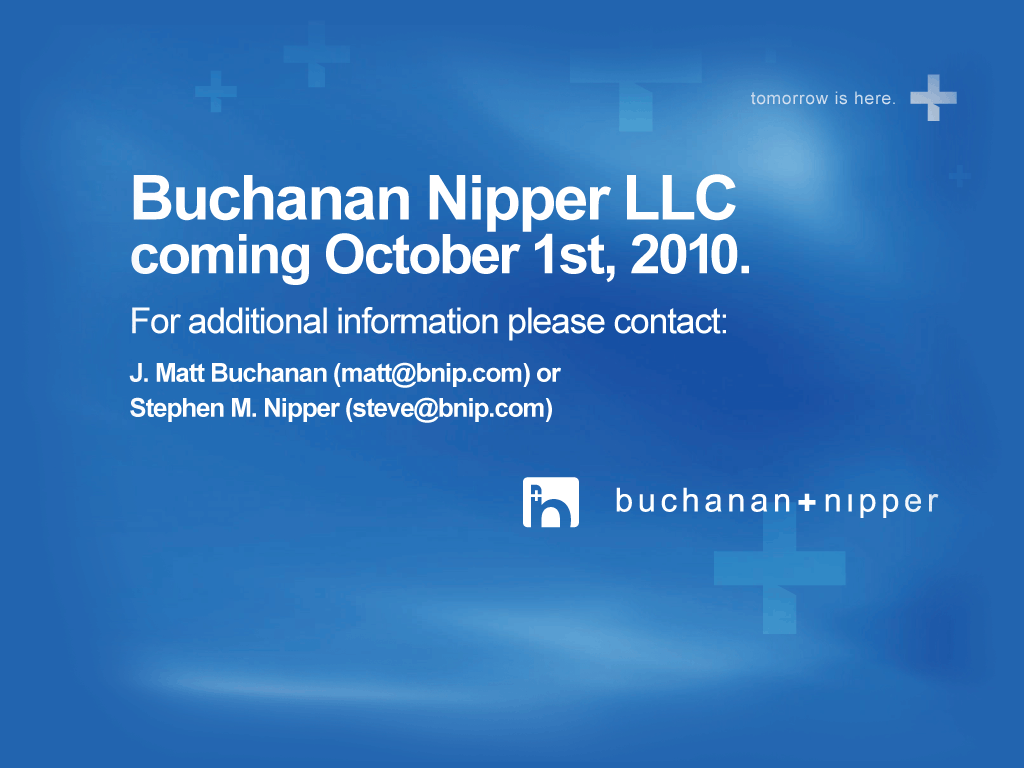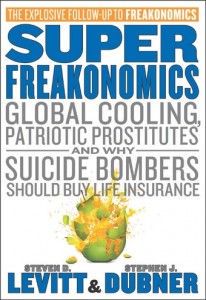The still fresh ruling by CAFC on Goeddel v. Sugano reversed the decision by BPAI which held that Sugano is entitled to its filing date of its initial Japanese application and BPAI consequently awarded Sugano priority on counts of two interferences. The decision highlights the BPAI’s misinterpretation of PHOSITA’s function and we are encouraged to look at the non-obviousness requirement and PHOSITA once more and consequently agree with CAFC’s reversal of BPAI’s decision.
Let us acquaint ourselves with brief facts of the case before moving on to the discussion. The patents in question relate to human fibroblast interferon (“hFIF”), also called interferon beta or b-IF. This interferon is produced in the human body and is effective in combating pathogens and tumors. Scientists therefore sought to produce this interferon in large quantities for therapeutic use.
In the human body, there exists a genome that codes for hFIF. There exists a precursor form of hFIF (with 187 amino acids) and a mature form with 166 amino acids.
The subject matter for both patents is a recombinant DNA process for directly producing the mature hFIF.
Following are the details regarding date of filing for Sugano and Goeddel.
Sugano:
- Japan: 19th March 1980
- US: 5th June 1995
Goeddel:
Goeddel’s claim is that Sugano’s earlier application does not comply with the written description and enablement requirement of 35 U.S.C. § 112 and would not function to produce mature hFIF. Sugano claims that a person skilled in the art (PHOSITA) could “envision” how to modify the precursor gene to obtain the mature hFIF.
Any mention of PHOSITA must start with the non-obviousness condition fulfillment for patentability.
Non-obviousness is often explained by using the reference of PHOSITA. A person having ordinary skill in the art is a legal fiction defined in the Patent Act of many jurisdictions. The PHOSITA is a test of “obviousness” which is one of the largest gray areas in patent law.
The US Patent Act defines obviousness as follows:
A patent may not be obtained though the invention … if the differences between the subject matter sought to be patented and the prior art are such that the subject matter as a whole would have been obvious at the time the invention was made to a person having ordinary skill in the art to which said subject matter pertains. Patentability shall not be negatived by the manner in which the invention was made. (35 U.S.C. § 103 (A))
KSR v. Teleflex described how obviousness should be determined:
“In determining whether the subject matter of a patent claim is obvious, neither the particular motivation nor the avowed purpose of the patentee controls. What matters is the objective reach of the claim. If the claim extends to what is obvious, it is invalid under §103. One of the ways in which a patent’s subject matter can be proved obvious is by noting that there existed at the time of invention a known problem for which there was an obvious solution encompassed by the patent’s claims.”
In the Windsurfing case, the obviousness requirement was explained as follows. The test for obviousness postulated a person who was skilled in the field but not inventive and was invested with the common general knowledge available in the field at the priority date, being presented with the prior knowledge or prior use relied upon. The test is to ask whether the alleged inventive step would have been obvious to that person.
Clear guidelines exist for determination of obviousness and can be summarized as follows:
- Construe prior document as at the date of its publication
- Compare disclosure in each prior document separately with the disclosure in the patentee’s claim
- To ask whether on making the comparison the prior document discloses the same invention as that disclosed in the patentee’s claim.
The non-obviousness criterion asks whether the claimed invention would have been obvious to a person of ordinary skill in the art the time the claimed invention was made. The non-obviousness inquiry allows for a combination of prior-art references while the novelty requirement is based on a single prior-art document. The test for non-obviousness is not an objective one and hence this is a much litigated field. The test for non-obviousness brings to the forefront the PHOSITA – person skilled in the art. The reason the role of the PHOSITA becomes crucial where doctrine of equivalents is concerned is because of the knowledge regarding the interchangeability of the elements that give rise to the infringement.
Under the non-obviousness requirement, the question one asks is whether a person with ordinary skill in the art would have known to make the appropriate changes in the prior art so as to arrive at the invention in question. If the answer is yes, the invention is unpatentable. The interchangeability standard asks whether a person with ordinary skill in the art would have known that the element in the claim can be replaced by its equivalent. If the answer is yes, infringement exists because the differences between the accused and original invention are insubstantial.
Thus, both the non-obviousness requirement and the doctrine of equivalents, rely on the opinion of the PHOSITA as a deciding factor. The birth of PHOSITA occurs for the first time in Hotchkiss as “skill possessed by an ordinary mechanic.” The role gets more definitive in Graham v. Deere and attains its present form in KSR v. Teleflex.
Hotchkiss v. Greenwood
Hotchkiss was the owner of a patent for door knobs made out of porcelain and of all kinds of clay used in pottery. Greenwood infringed on their patent. Upon filing a suit for infringement, Greenwood’s defense was that Hotchkiss’ patent did not fulfill the requirement of non-obviousness as the material was in common use and no other skill or ingenuity was involved in the construction of the door knob.
The court condemned the patent holding that there was an absence of skill, novelty and ingenuity and that the improvement of using clay over other previously used material was not the work of an inventor but that of an ordinary mechanic.
“[U]nless more ingenuity and skill . . . were required . . . than were possessed by an ordinary mechanic acquainted with the business, there was an absence of that degree of skill and ingenuity which constitute essential elements of every invention. In other words, the improvement is the work of the skillful mechanic, not that of the inventor.”
The Hotchkiss test laid the cornerstone of the judicial evolution suggested by Jefferson and left to the courts by Congress. The language in the case, and in those which followed, gave birth to “invention” as a word of legal art signifying patentable inventions.
Graham v. Deere
Petitioners sued for infringement of a patent, consisting of a combination of old mechanical elements, for a device designed to absorb shock from plow shanks in rocky soil to prevent damage to the plow.
Petitioners claim that the small difference in flex effectively absorbs the tremendous forces of the shock of obstructions.
Court held that “person having ordinary skill in the prior art would immediately see that the thing to do was what Graham did.”
Holding that the patent did not fulfill the non-obviousness requirement the Court laid down that obviousness should be determined by looking at:
- the scope and content of the prior art;
- the level of ordinary skill in the art;
- the differences between the claimed invention and the prior art; and
- objective evidence of non-obviousness.
KSR v. Teleflex
Teleflex sued KSR for infringement of its patent for adjustable pedal assembly with electronic throttle control.
The court sought to resolve the question of non-obviousness with more consistency and has applied the TSM test.
If the inventive step or technique used to improve one’s device is recognizable by a person skilled in the art, the non-obviousness criterion is not fulfilled.
Thus PHOSITA plays a crucial role in determining non-obviousness of an invention. Extrapolating this legal fiction’s role into doctrine of equivalents, if a person with ordinary skill in the art could have known of the interchangeability of an ingredient not contained in the patent with one that was, infringement under doctrine of equivalents can be established.
The only difference in the role of PHOSITA between the two scenarios is the timing. The non-obviousness question is raised before the issuance of a patent while the question of interchangeability arises at the time of infringement.
Reverting back to the case on hand, BPAI misinterpreted the role of PHOSITA and the written description and enablement requirement. The question is not whether PHOSITA could envision the conversion from precursor form to mature form of hFIF or not. It was whether the written description accompanying the patent application can actually convey to PHOSITA that the applicant is in possession of the method of conversion from precursor to mature hFIF. Sugano’s Japanese application fails to describe the exact method of converting from precursor form to mature form of hFIF.
BPAI must not undermine the importance of precedents in construing the function of PHOSITA. Courts at various levels have at various times highlighted the non-obviousness requirement and PHOSITA’s function and how the two are to be determined. One would do well to heed these decisions.
Today’s post is by Guest Barista Shalini Menezes of ::O.bi:t.er: D:ic.t:um.


